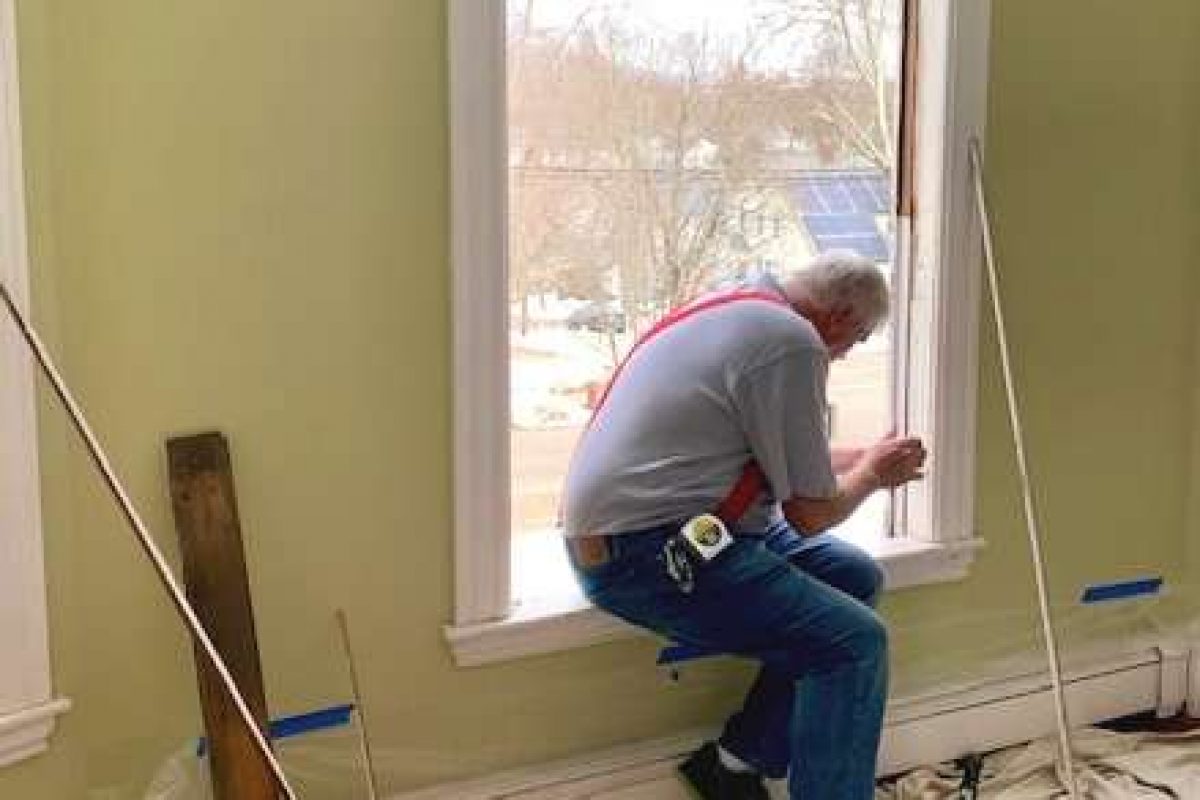If you have ever attempted to paint an interior room in your home, you know that the list of preparation steps needed to happen even before you even lift a paintbrush is long. From clearing the room to covering the floors and remaining furniture, there are many things that need to happen before the paint can go on the walls or ceiling.
Outside of cleaning the walls, one of the more important steps that professional painters make sure they do not skip is repairing the walls before they paint. Let’s examine this critical step in the painting process a little closer and determine why it needs to be completed.
What Kind of Repairs Are Often Needed?
Depending on the condition of your home and the types of materials used to build the walls, each home may have a different set of issues when it comes to repairs needed before painting.
The most common repairs usually needed include repairing nail holes, filling cracks in the plaster or drywall, evening out walls, or covering stains on surfaces. Most of the time these repairs only take a quick filling with putty or sanding with a hand sander.
If the area is painted over without fixing the issue, the problem may get worse and your fresh painting project will look less than professionally done. Take the time to fill all holes, repair all cracks, and get to the bottom of those stains.
Why Repair First?
Many do-it-yourselfers tend to skip important preparation steps in the painting process and it usually shows by the end. The extra few minutes or even hours will pay off in a smooth finish and professional-looking paint job. Here are just a few of these reasons why you want to take that little bit of extra time to do the job right.
Smoother Finish
In order to achieve a smooth finish at the end of your project, the walls and ceiling need to be smooth and without blemishes before you start to paint. If a hole is left from a nail or other reason, it will show up after the paint has dried.
Additionally, uneven walls mean your paint may show those areas in an unforgiving way depending upon your color and sheen choice.
A Lasting Paint Job
When fresh paint is rolled or brushed over cracks or blemishes it may begin to peel, blister, or flake in a matter of months or years. The smoother and cleaner the surface, the better the paint will adhere to the walls.
Improved Energy Efficiency
Cracks and holes in a wall may mean that cold air is allowed to enter the room in the winter and air conditioning may escape during the summer months. In order to improve the overall energy efficiency of your home, it is suggested that these types of wall issues be repaired to improve the heating and cooling components of your home.
Discover Larger Issues
Often homeowners want to paint over a water stain on the ceiling without finding out the root cause of the stain. Covering up the issue literally does not explain what caused it. Your roof may have a leak, or a faucet may be improperly draining in the rooms above. It is suggested that homeowners get to the root of the problem before painting over any areas that need to be repaired instead.
Talk to the professionals at Liberty Painting and Siding about blemishes that should be repaired prior to painting and let us refresh your spaces with a new coat of paint.



